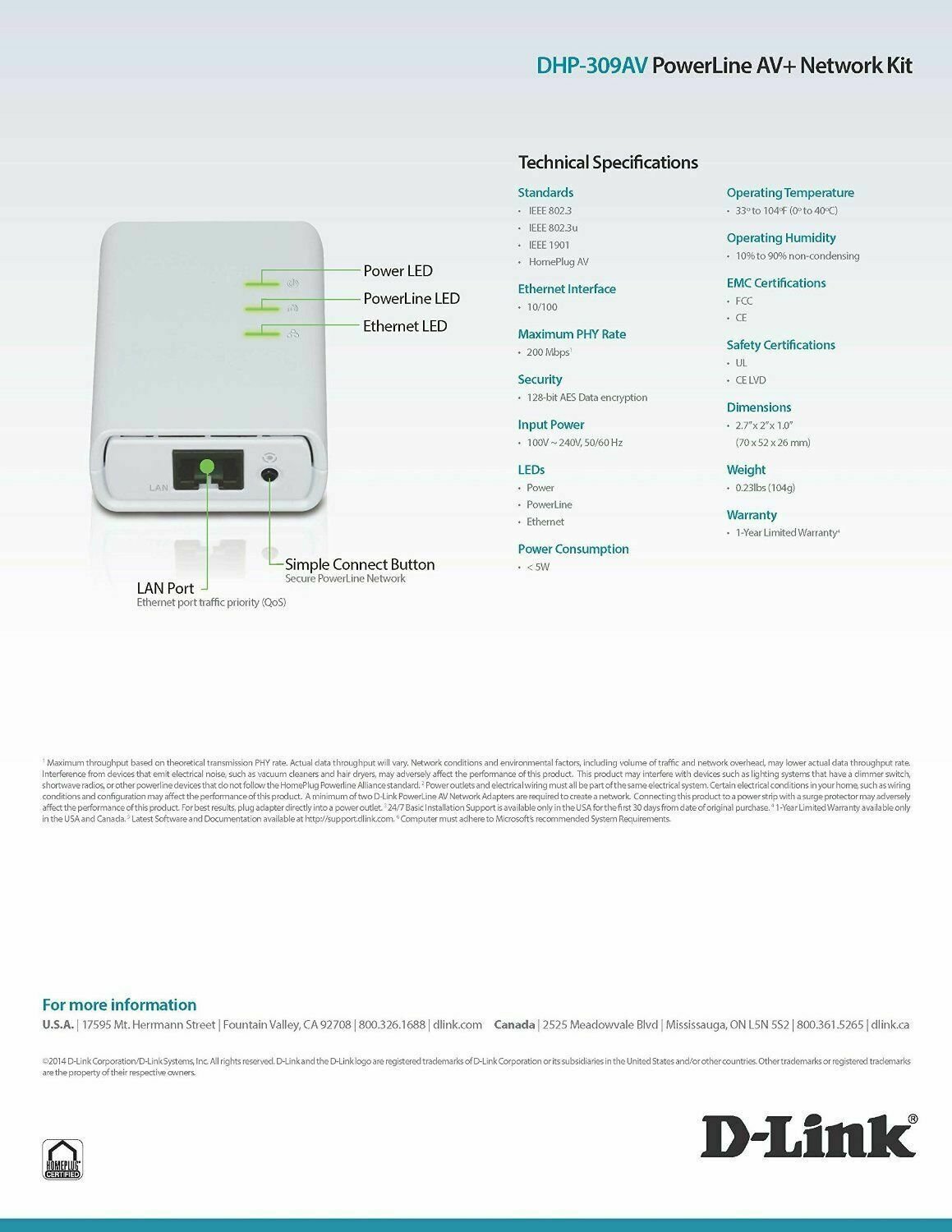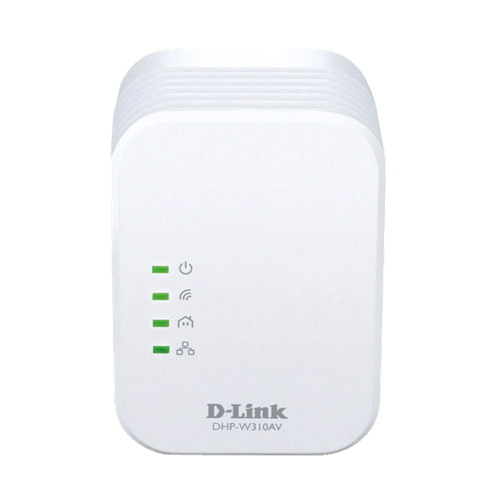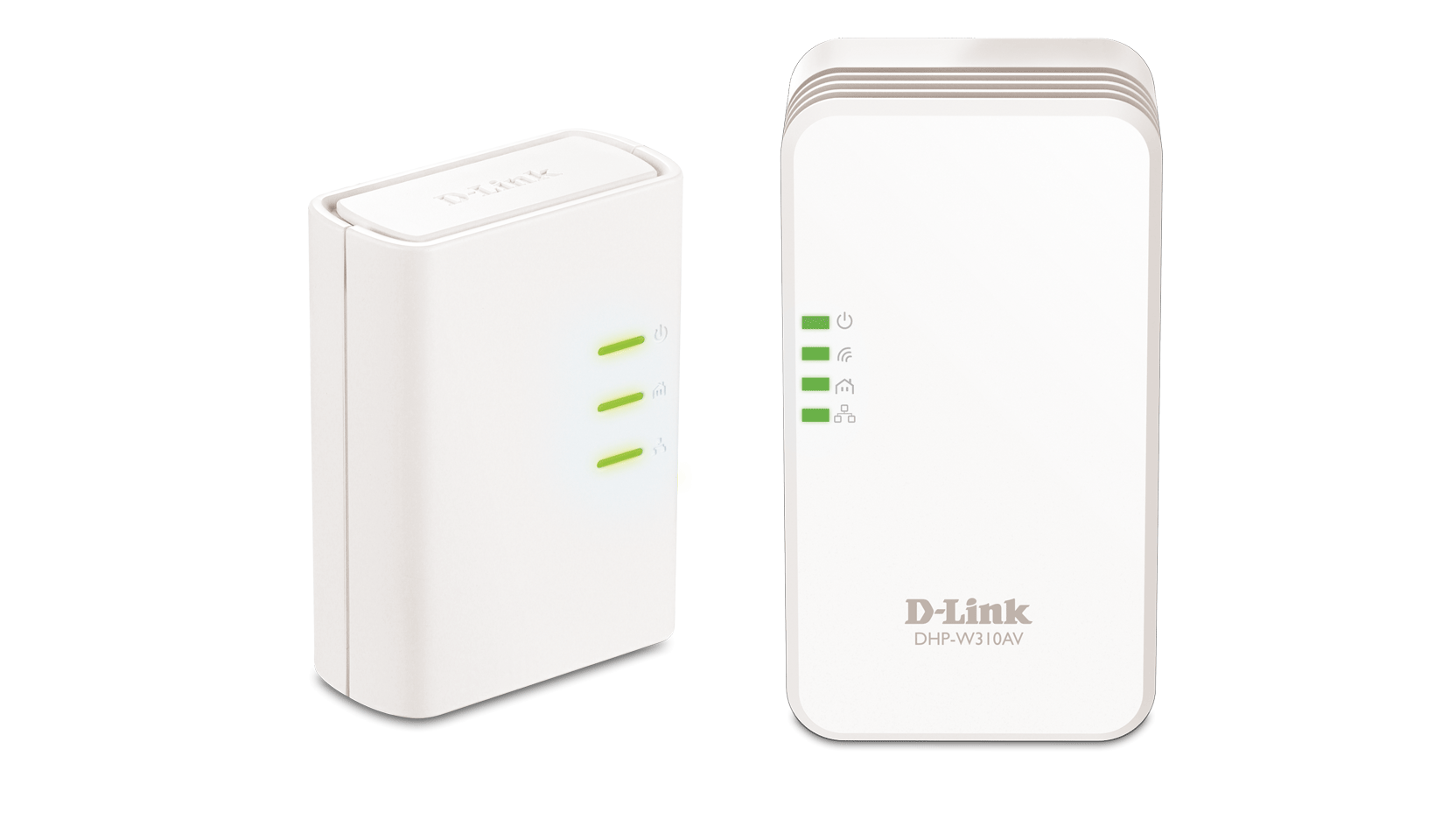
They often come in packs of three, too, which allows you to move the units around your home, creating widespread coverage.

And that’s in an ideal world, where the WiFi signal from the router hasn’t been degraded by obstacles such as thick walls and large appliances.īy contrast, mesh routers use two different frequency bands, which limits the speed loss to roughly 10 percent. So, for example, if you’re standing right next to your WiFi router (where the signal is strongest) and get 50 megabits per second (fast enough to stream two 4K Netflix videos at once), the speed in your extended network will be about 25 megabits per second. That extra step can reduce the speed of your WiFi signal by about half. “So now the data that originally would have come directly from the access point to your connected device is going through an intermediate step,” Athreya says. That’s in part because an extender relies on the same frequency band as the router itself.

The extender can then pick up the WiFi signal from your router and push it deeper into your home.īut you’re likely to notice a significant drop in throughput speeds in the “extended” network, says Kannan Athreya, an associate professor of computer science and engineering at Ohio State University. To get the best results, you have to plug the extender into a power outlet midway between your router and the dead-zone area. It is recommended that you make a record of this information for future reference.Ī green check mark between the Uplink Router and DAP-1320 icons indicates that there is a successful connection between the uplink router and DAP-1320.While it’s tempting to think of a WiFi range extender as a device that can beam fast, reliable WiFi throughout your home, it’s more like a spot fix for the dead zone in your bedroom or attic-turned-home office. A summary page will appear showing the settings for both the connection to the uplink router, and the extended Wi-Fi network. Step 11: The setup process is now complete. If you would like the uplink router Wi-Fi network and the extended Wi-Fi network to have the same SSID and password, check the box at the bottom of the screen.
#D link network booster password
Enter the SSID (network name) and password that you wish to apply to the extended Wi-Fi network. Step 10: The DAP-1320 will re-broadcast the Wi-Fi connection from the uplink router as an extended Wi-Fi network. Step 9: Enter the Wi-Fi Password for your uplink network.

Once you have selected the uplink network you wish to use, click Select. Step 8: Select the wireless network that you wish to use as your uplink (source) from the list by clicking on it. To set up your network manually, select the second option from the setup wizard menu. Step 7: You can use Wi-Fi Protected Setup (WPS) to quickly connect your DAP-1320 to an uplink router. Otherwise, the Admin Password field should be left blank. Step 4: If this is your first time setting up the DAP-1320, the Wi-Fi Connection Setup Wizard will automatically begin. Step 3: Then open a web browser and enter in to the address bar. Step 2: Open the wireless utility on your computer, select the name (SSID) of the DAP-1320 network, and enter the password (both of these are found on the included Wi-Fi Configuration Card, or on the sticker on the base of the device). Step 1: Plug the DAP-1320 into a wall outlet within wireless range of your router.


 0 kommentar(er)
0 kommentar(er)
